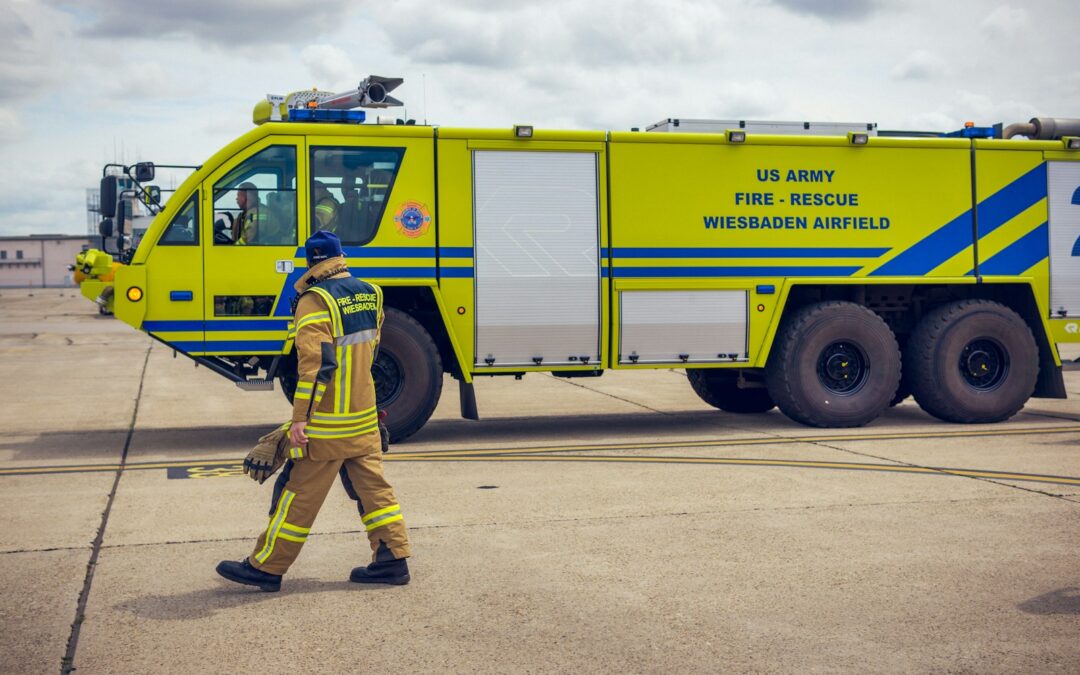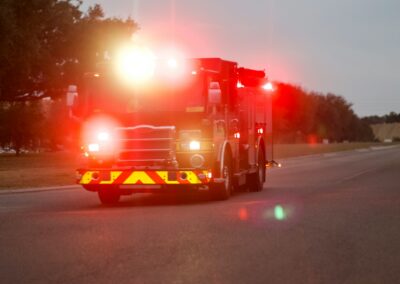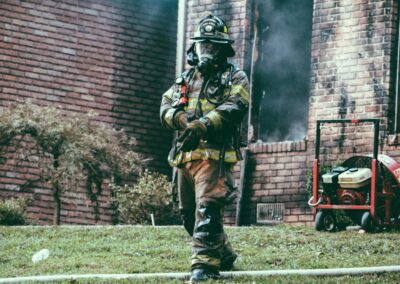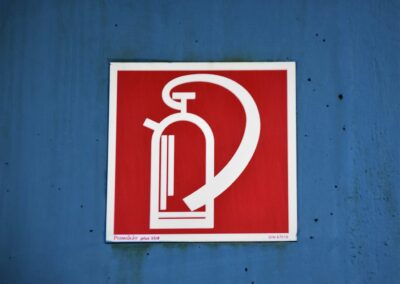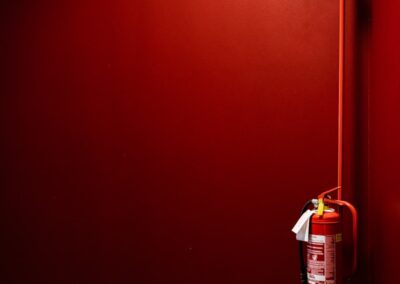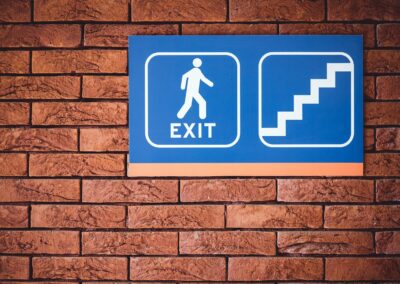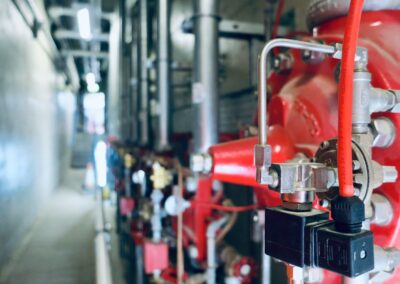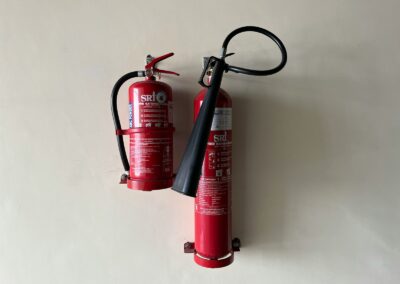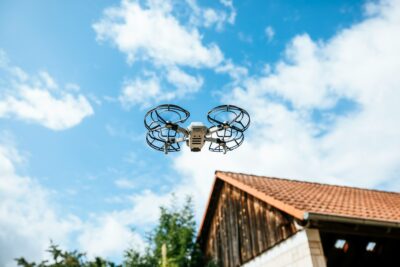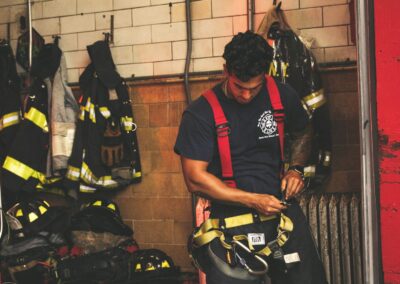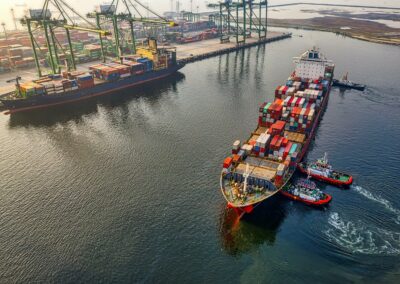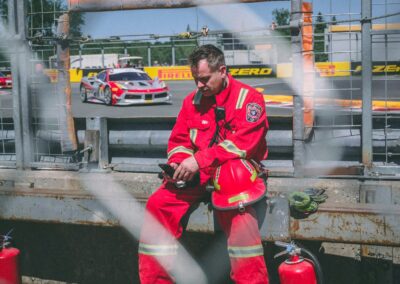Comprehensive Monitoring for Optimal Fire Safety in Saudi Arabia and the UAE
The Importance of Integrating Fire Hazard Sensors
Integrating fire hazard sensors in modern buildings is essential for comprehensive safety monitoring. These systems combine smoke, heat, and gas sensors to detect potential fire hazards, ensuring early warning and prevention. In Saudi Arabia and the UAE, the adoption of such advanced safety measures underscores a commitment to leveraging smart technology for protecting lives and property.
Smoke detectors are a critical component of any fire hazard monitoring system. They detect the presence of smoke, often the first indicator of a fire, and trigger alarms to alert occupants. In high-density urban areas like Riyadh and Dubai, where large buildings house numerous residents and businesses, smoke detectors are indispensable. By providing early detection, they enable swift evacuation and prompt emergency response, minimizing the risk of injury and loss.
Heat sensors complement smoke detectors by identifying significant increases in temperature that may indicate a fire. These sensors are particularly useful in environments where smoke detectors alone might not be sufficient, such as kitchens or industrial settings. Heat sensors can detect fire sources even when smoke is not immediately present, offering an additional layer of protection. The integration of both smoke and heat sensors ensures a more robust and reliable fire monitoring system.
AI and Smart Technology in Fire Hazard Monitoring
The integration of Artificial Intelligence (AI) into fire hazard monitoring systems enhances their effectiveness and efficiency. AI can analyze data from multiple sensors in real-time, providing a comprehensive overview of potential fire hazards. In Saudi Arabia and the UAE, AI-powered fire monitoring systems are becoming a key component of smart building initiatives, reflecting a commitment to advanced safety technologies.
AI can predict fire hazards by analyzing patterns and anomalies in sensor data. For example, an AI system might identify unusual increases in temperature or gas levels that could precede a fire. By providing early warnings based on predictive analysis, AI enables proactive measures to prevent fires. This predictive capability is particularly valuable in large commercial buildings and industrial facilities in Riyadh and Dubai, where the potential for fire-related damage is significant.
Smart technology also allows for seamless integration of fire hazard sensors with other building management systems. For instance, AI can automatically activate ventilation systems to clear smoke or shut down electrical systems to prevent further hazards. This level of automation reduces the response time and enhances the overall safety of the building. The implementation of such integrated systems in Saudi Arabia and the UAE showcases their commitment to creating safer, smarter urban environments.
Challenges and Solutions in Implementing Fire Hazard Sensors
Implementing comprehensive fire hazard monitoring systems presents several challenges, including cost, integration, and maintenance. However, the benefits of enhanced safety and protection far outweigh these challenges. In Saudi Arabia and the UAE, government regulations and incentives are encouraging the adoption of advanced fire safety technologies in both new and existing buildings.
Cost is often a significant barrier to implementing advanced fire hazard sensors. While the initial investment may be high, the long-term benefits of preventing fires and minimizing damage can result in substantial cost savings. Insurance companies in Riyadh and Dubai may also offer reduced premiums for buildings equipped with state-of-the-art fire monitoring systems, providing additional financial incentives for building owners.
Integration with existing building systems can also be challenging. Modern fire hazard sensors must be compatible with a variety of building management systems to function effectively. This requires careful planning and coordination during the installation process. In Saudi Arabia and the UAE, many building projects are now incorporating fire hazard sensors from the design phase, ensuring seamless integration and optimal performance.
Maintenance and regular testing are crucial to ensuring the reliability of fire hazard sensors. Building owners and managers must establish routine maintenance schedules to check and calibrate sensors. In Riyadh and Dubai, professional maintenance services are available to assist with this process, ensuring that fire monitoring systems remain in top condition and continue to provide reliable protection.
Future Trends in Fire Hazard Monitoring
The future of fire hazard monitoring is set to be shaped by advancements in AI, IoT (Internet of Things), and blockchain technology. These innovations will enhance the capabilities of fire hazard sensors, making them even more effective at preventing and responding to fire incidents. In Saudi Arabia and the UAE, ongoing investments in smart city technologies will drive the adoption of these advanced fire safety solutions.
AI and IoT will enable more sophisticated and interconnected fire monitoring systems. IoT devices can communicate with each other and with central monitoring systems, providing a detailed and real-time view of building safety. AI can analyze this data to identify trends and predict potential hazards. This combination of technologies will result in smarter, more responsive fire hazard monitoring systems.
Blockchain technology can enhance the security and transparency of fire hazard monitoring. By creating an immutable record of sensor data and maintenance activities, blockchain ensures the integrity of the monitoring system. This can be particularly valuable in legal and insurance contexts, providing verifiable evidence of compliance with fire safety regulations. The adoption of blockchain in fire hazard monitoring is an emerging trend that promises to further enhance the reliability and accountability of these systems.
Conclusion
Integrating fire hazard sensors in modern buildings is crucial for comprehensive safety monitoring. In Saudi Arabia and the UAE, the adoption of advanced fire safety technologies reflects a commitment to protecting lives and property. By leveraging AI, IoT, and blockchain, these countries are setting new standards for building safety and resilience. As technology continues to evolve, the capabilities of fire hazard monitoring systems will only improve, ensuring that buildings in Riyadh, Dubai, and beyond remain safe and secure. The proactive approach to integrating these technologies highlights the forward-thinking vision of Saudi Arabia and the UAE in creating safer, smarter urban environments.
—
#FireHazardSensors #SmokeDetectors #HeatSensors #GasSensors #ModernBuildings #SmartTechnology #AI #SaudiArabia #UAE #Riyadh #Dubai

